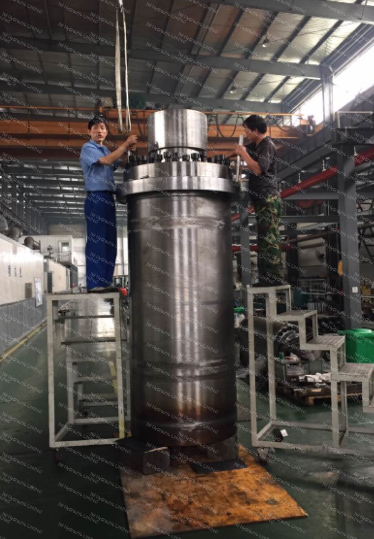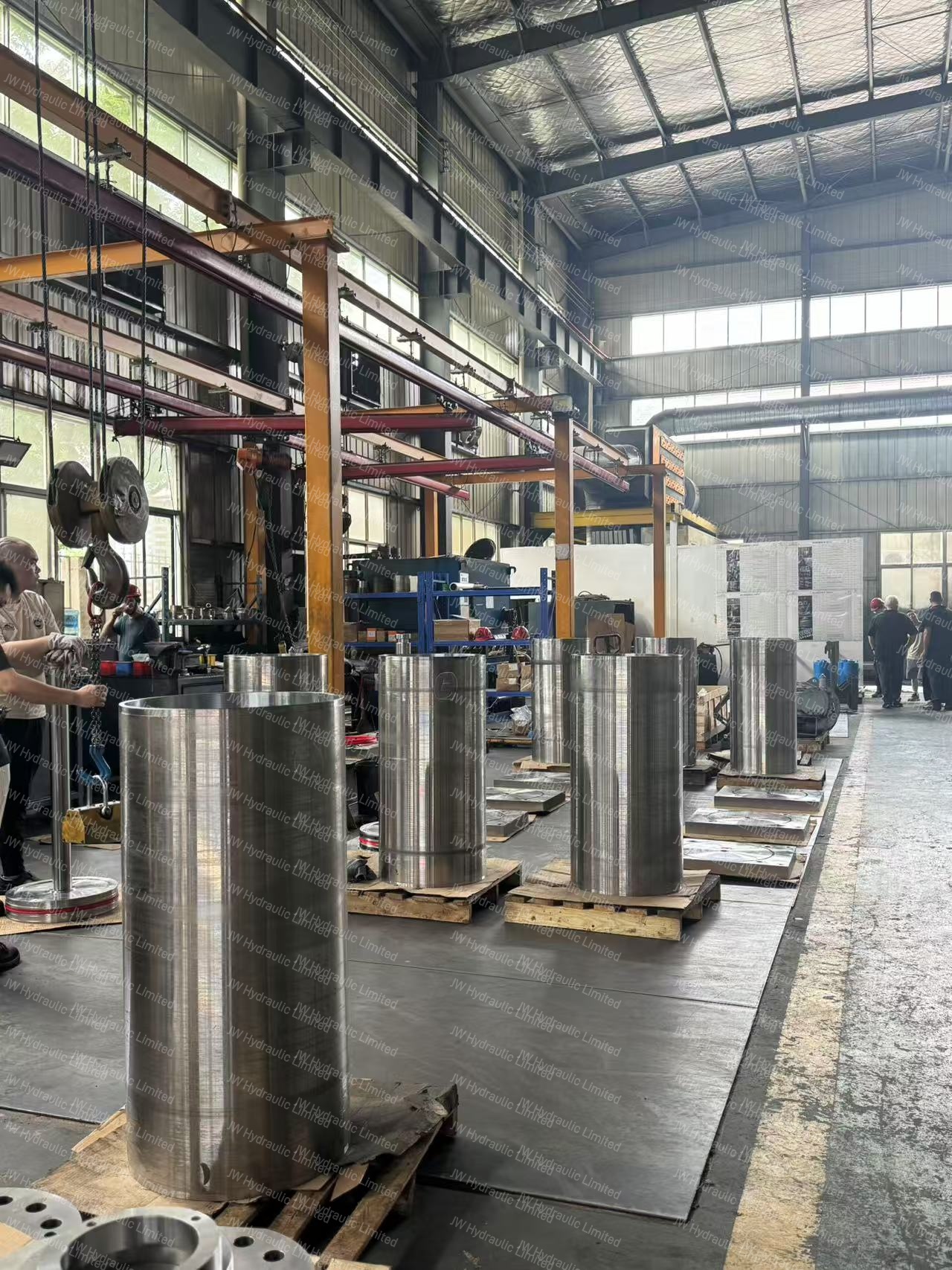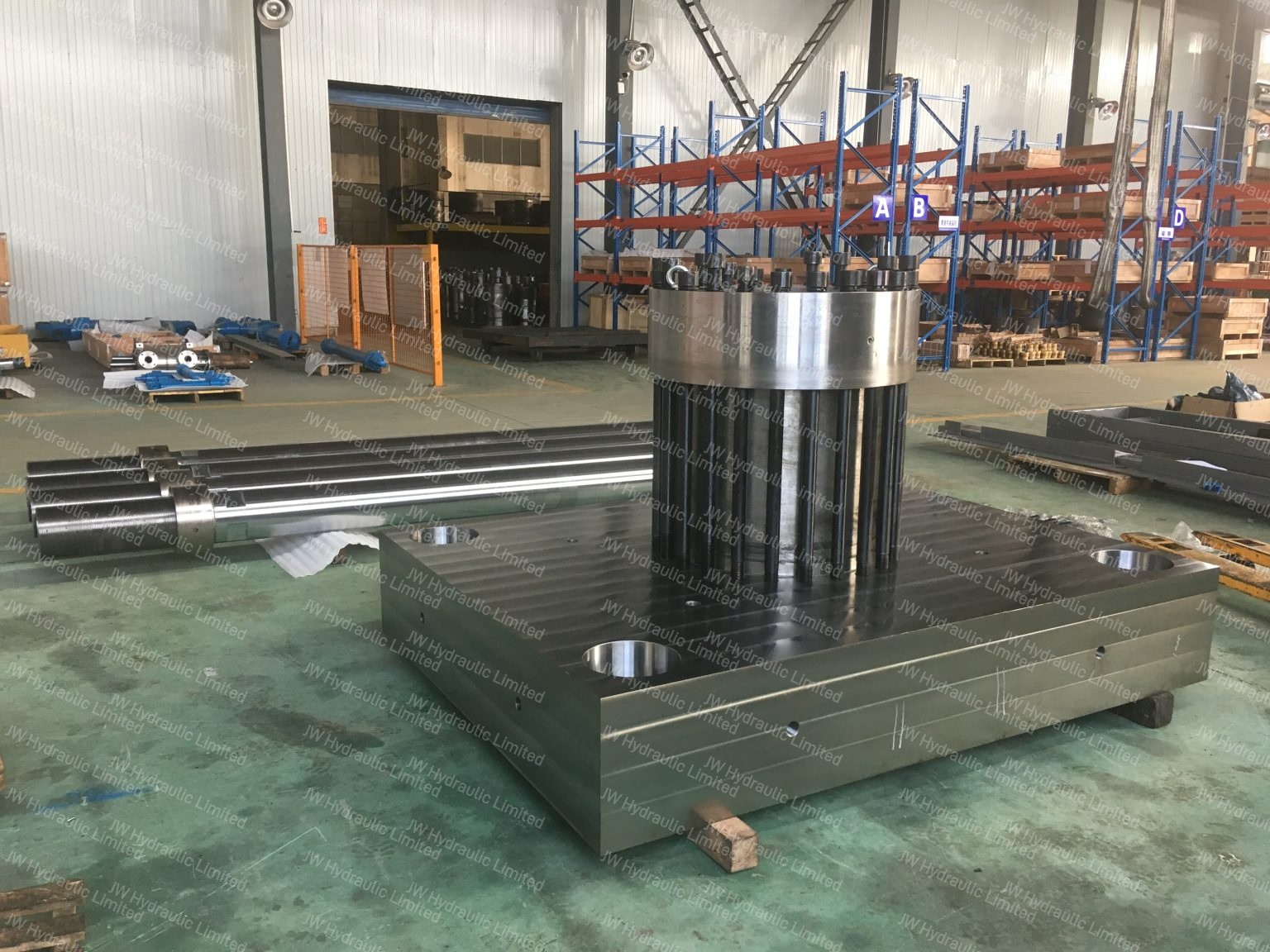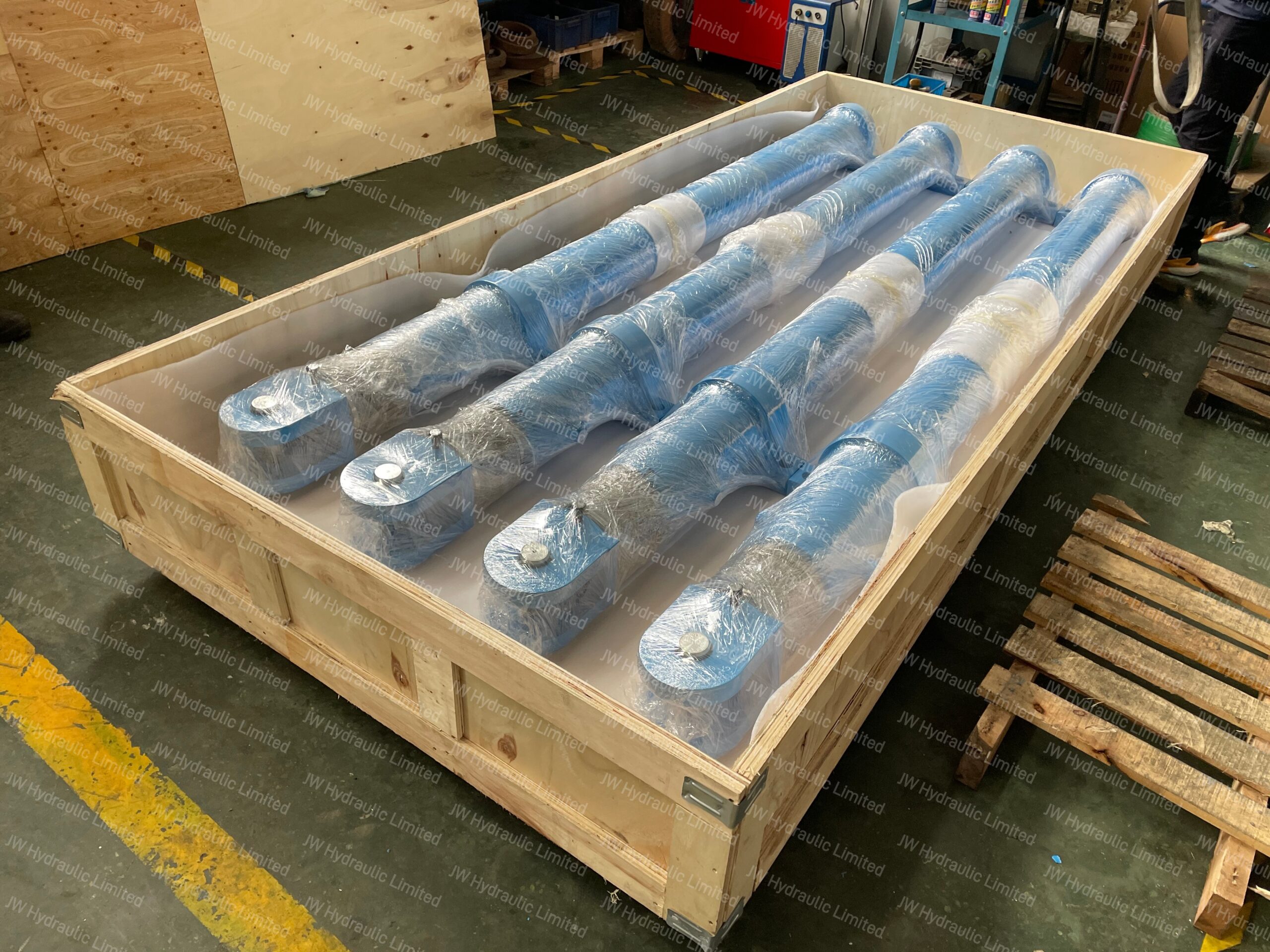Hydraulic oil is the lifeblood of hydraulic systems, providing lubrication, cooling, power transmission, and contamination control. Its condition directly impacts the efficiency, reliability, and service life of hydraulic components—especially hydraulic cylinders, which operate under high pressure and demanding environments.
At JW Hydraulic, with more than two decades of experience in hydraulic cylinder manufacturing, we know that even the most precisely engineered cylinder cannot deliver optimal performance if hydraulic oil quality is neglected. Regular oil monitoring is therefore essential to prevent premature wear, unplanned downtime, and unnecessary costs.
This article introduces four professional and practical methods to assess hydraulic oil quality. These methods can be performed either on-site or in basic laboratory conditions, enabling maintenance teams to make informed decisions about fluid replacement or corrective actions.

1. Appearance and Odor Inspection
Visual and sensory evaluation is the most straightforward initial step in hydraulic oil assessment. Changes in color, clarity, or odor often indicate chemical degradation or contamination.
| Observation | Potential Cause | Recommended Action |
|---|---|---|
| Oil becomes dark, opaque, or blackened | Oxidation, thermal degradation, or particulate contamination | Replace oil; check for filter failure or overheating |
| Oil appears cloudy or milky | Water contamination (≥0.03%) | Conduct moisture test; drain or replace oil |
| Oil shows sudden lightening in color | Possible dilution with foreign fluid or fuel | Verify viscosity and confirm fluid integrity |
📌 Note: Certain premium hydraulic fluids may appear turbid immediately after filling but typically become clear after circulation. This does not indicate deterioration.
2. Viscosity Evaluation
Viscosity is a fundamental property that determines hydraulic oil’s ability to flow, lubricate, and maintain pressure stability. Deviations from the specified viscosity can result in:
Excessively high viscosity: Reduced flow, overheating, and sluggish system response.
Excessively low viscosity: Insufficient lubrication, increased wear, and internal leakage.
Testing methods:
Laboratory method: Measure kinematic viscosity using a viscometer and compare to the specification of fresh oil.
Field method: Place new and used oil samples in identical transparent test tubes, invert them simultaneously, and compare the bubble rise time. A difference greater than 10% indicates a significant viscosity change.
| Viscosity Variation | Oil Status | Maintenance Recommendation |
|---|---|---|
| Within ±10%–15% | Acceptable | Continue monitoring |
| Beyond ±15% | Unacceptable | Replace or filter oil |
3. Moisture Content Detection
Water contamination is one of the most damaging forms of hydraulic fluid degradation. It reduces lubricity, accelerates corrosion, and shortens the service life of hydraulic cylinders, pumps, and valves.
Practical field test:
Place a small oil sample in a test tube and heat it over an alcohol burner.
Interpret the results:
No crackling noise: Oil is free from water.
Mild crackling for 20–30 seconds: Water content <0.03% (low contamination).
Persistent crackling for 40–50 seconds: Water content between 0.05% and 0.10% (serious contamination).
Alternative method: Apply a drop of oil onto filter paper. If a lace-like spreading pattern appears, the oil contains excess moisture.
4. Mechanical Impurity Analysis
Solid contaminants are the leading cause of hydraulic system failures. They originate from external sources (dust, welding slag, paint flakes) or internal sources (metal wear debris, degraded seals). Studies show that over 70% of hydraulic failures are related to solid particle contamination.
On-site methods include:
Visual inspection: If particles are visible to the naked eye, the oil is already heavily contaminated and must be replaced.
Filter paper method: Place a drop of oil on 240-mesh filter paper. Once absorbed, the spreading pattern provides an indication of contamination level.
| Filter Paper Result | Interpretation | Oil Condition |
|---|---|---|
| Light center, diffuse spread | Low contamination | Oil is usable |
| Faint ring with light center | Moderate contamination | Usable but monitor |
| Clear outer ring, dark center | Heavy contamination | Oil must be replaced |
| Irregular dark spots | Severe contamination | Immediate oil replacement |
Why Oil Quality Monitoring Matters
Hydraulic oil maintenance is not simply about fluid replacement—it is a proactive reliability strategy. Clean oil ensures:
Extended hydraulic cylinder life by minimizing piston and seal wear.
Stable equipment efficiency, reducing energy loss and overheating.
Reduced maintenance costs by preventing premature component replacement.
Higher system reliability, lowering the risk of unexpected downtime.
For operators, a small investment in routine oil analysis can save thousands in repair costs and production losses.
Conclusion
Maintaining hydraulic oil quality is an integral part of ensuring long-term performance and reliability of hydraulic equipment. By applying the four professional methods—appearance inspection, viscosity evaluation, moisture detection, and impurity analysis—maintenance teams can effectively identify early signs of oil deterioration.
At JW Hydraulic, we not only design and manufacture custom hydraulic cylinders but also share industry-proven maintenance practices to help customers worldwide maximize system performance. With over 20 years of manufacturing expertise, our commitment is to deliver durable products and reliable technical support.
👉 Contact JW Hydraulic today to learn more about our hydraulic solutions and how proper oil management can extend the life of your equipment.



